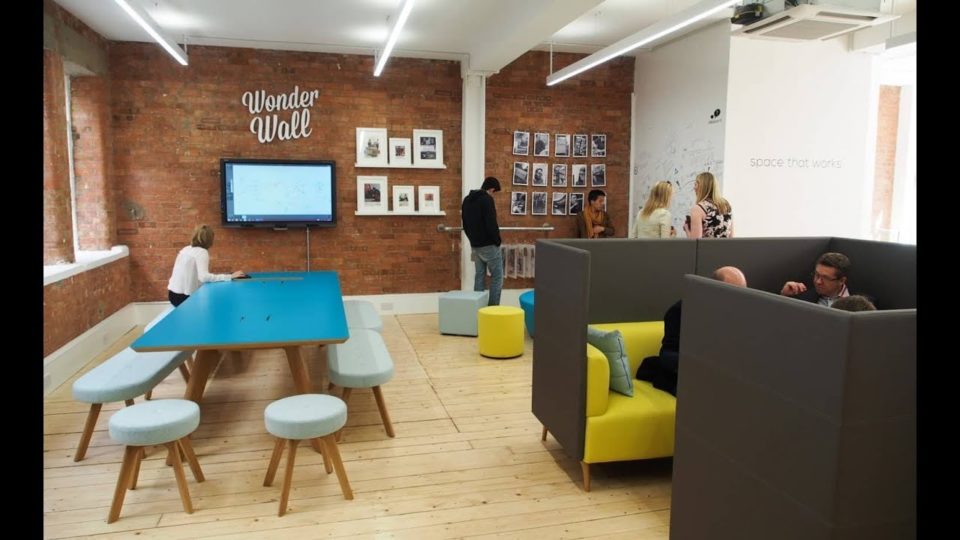Office spaces are specially created to boost an individual or an organisation’s productivity. Unlike homes such as studio apartments or landed properties, offices are established to hold specific functions. To accomplish the tasks assigned to them, people need to be in an environment that motivates them to move and work, and their office should be able to give them that.
While they can be creative, experts in office interior design often weigh function and space utilisation over style and aesthetics. It is because they aim to come up with design recommendations that allow people to be productive in an office setting, both as individuals and as a whole team.
What are the attributes of an effective office interior design? Below are a few aspects to look at:
- Bring in a variety of spaces from the pantry to discussion rooms to boost social interaction.
Working on the tasks in an office setting can be draining. Employees are subject to focus on their activities until it’s time to take a lunch break, and this routine, in turn, limits their time to socialise.
This can be compensated however, by injecting spaces allow for increased social interaction between the pantry and the discussion rooms. These spaces (may they be small lounge areas or game rooms) enable people to relax even just for a little while, talk to their colleagues about casual stuff, before returning to work.
- Make use of “smart” materials.
Artificial intelligence is now becoming apparent in gadgets and appliances, including those used in the office. Other devices meanwhile may now be controlled by external stimuli. These materials are seen as essential in office settings, as they help in giving variety to the surroundings in which people move around.
These smart materials may control environmental attributes such as lighting and temperature, and these help not only in boosting employee productivity, but also circadian rhythms, and mood stability, among others.
- Add more colour.
It is common in office spaces to use block colours such as white, black, and cream. While they are the safest colours that utilise light in office spaces, they can be monotonous to the eyes.
Interior designers, therefore, recommend colour schemes to add variety and boost productivity in the office area. Some colours uplift one’s mood, such as yellows, cool blues and greens; darker shades meanwhile establish a corporate vibe, making them ideal for meeting rooms and function halls.
Using a pop of colour as an accent also helps shake up the work environment in the office. Bright and bold shades (that directly complement primary backdrops) may be used in décor, furniture pieces, and curtains, among others.
- Install the right lighting.
Lastly, lighting plays a crucial role in a practical office interior design. The right lighting installation helps regulate employees’ mood and productivity in the workplace. Lights that are too bright may cause glare and temporary blinding. On the other hand, areas in the office that are left unlit may also cause eye damage, not to mention foster a sad and negative vibe in the workspace.

